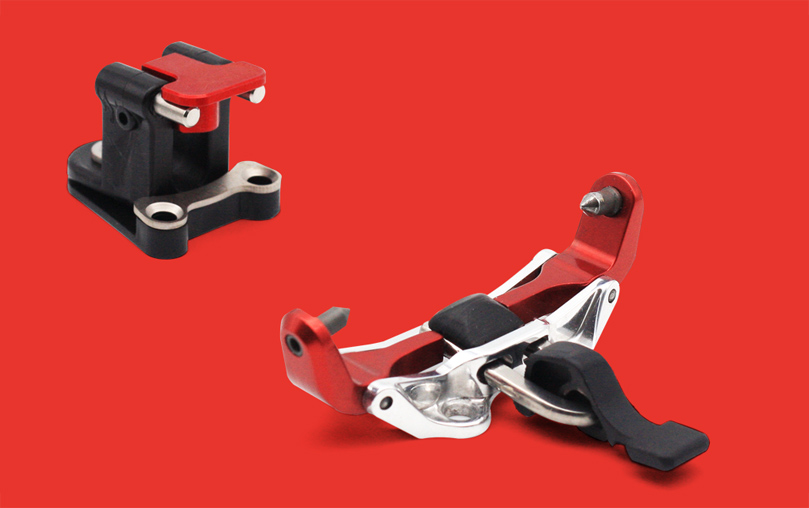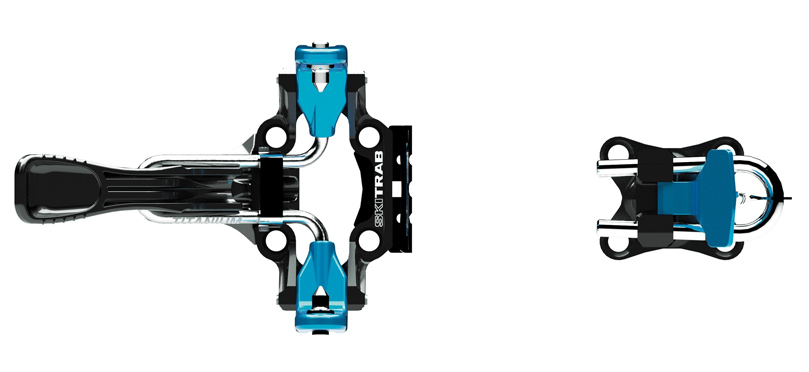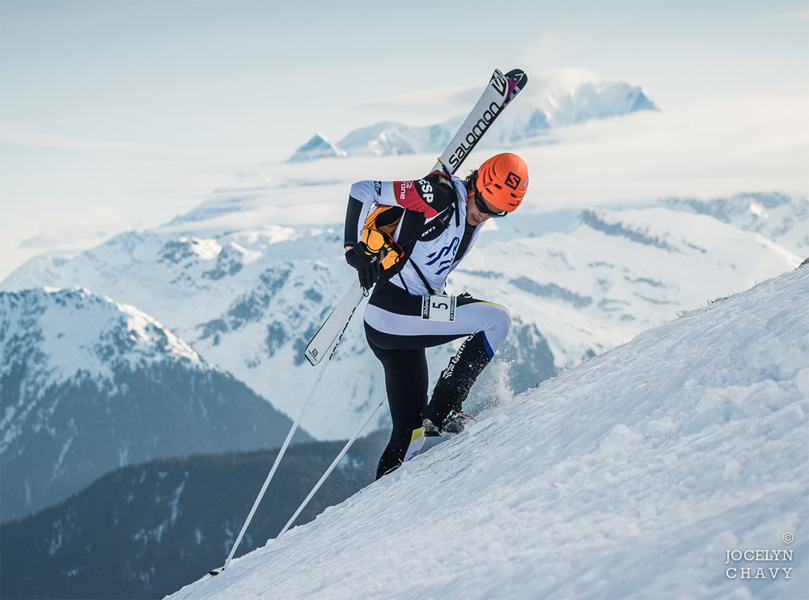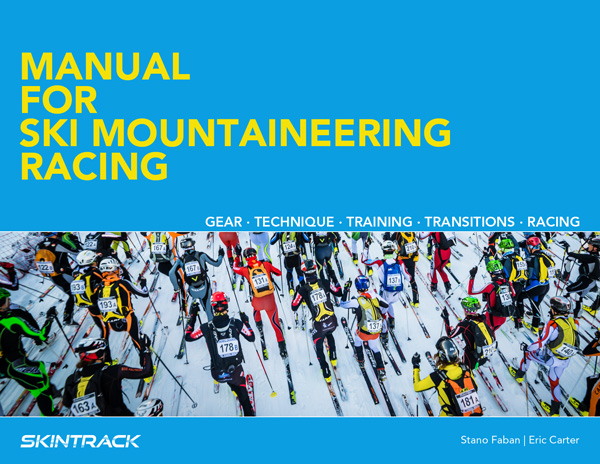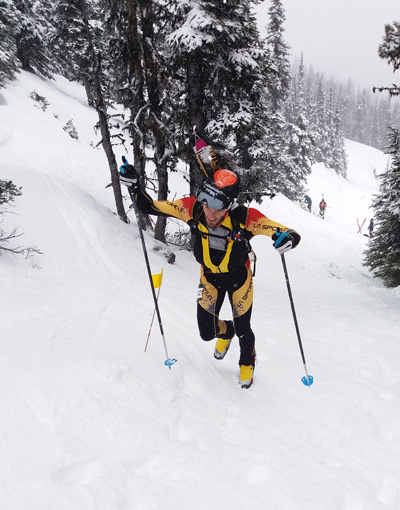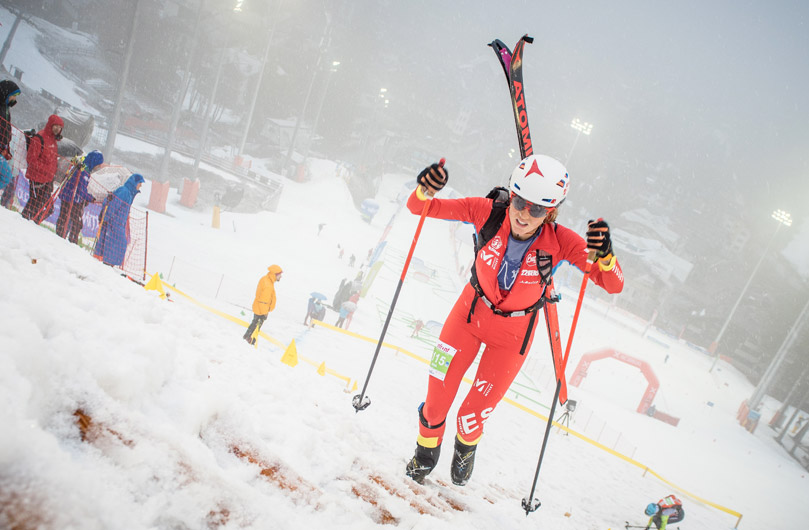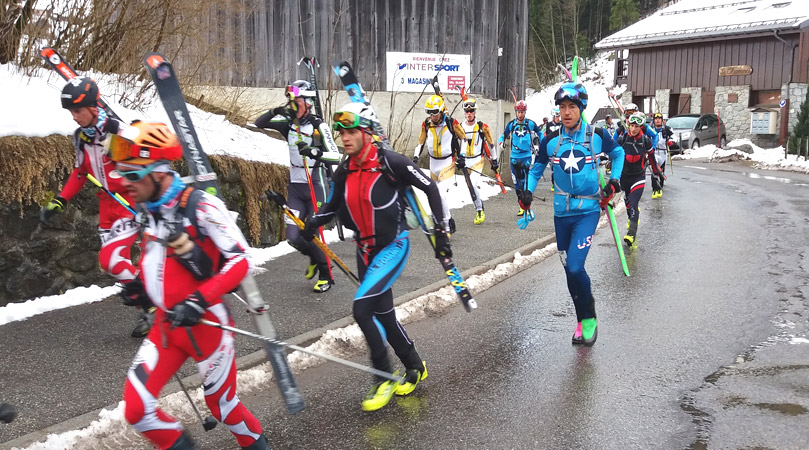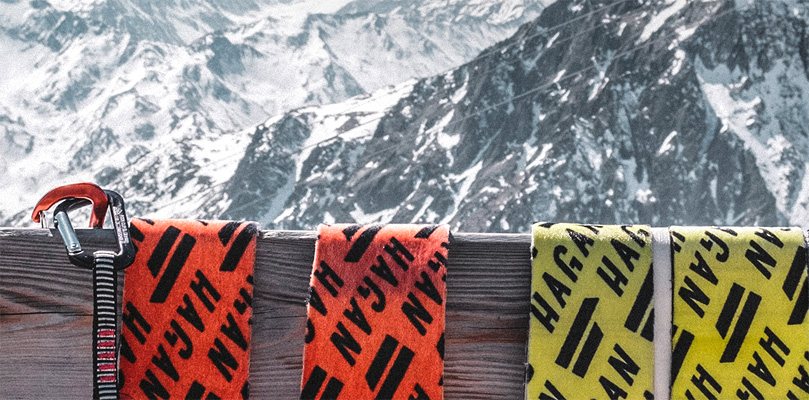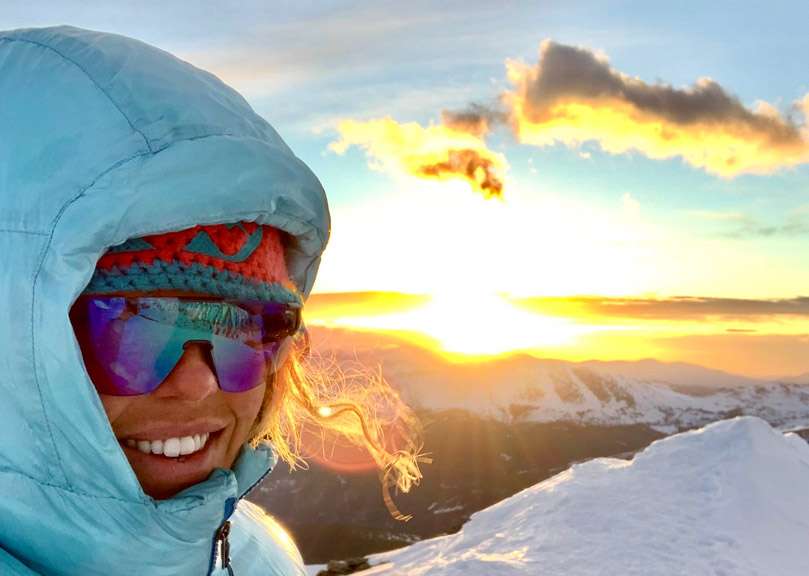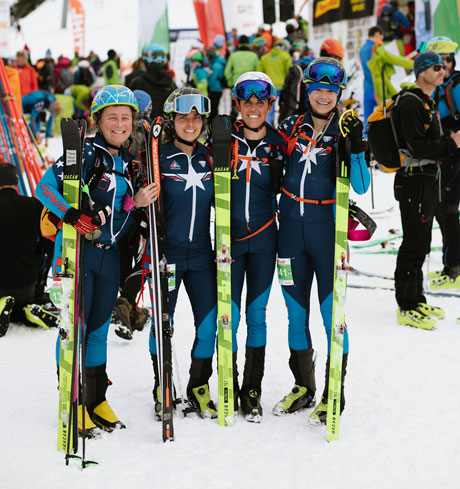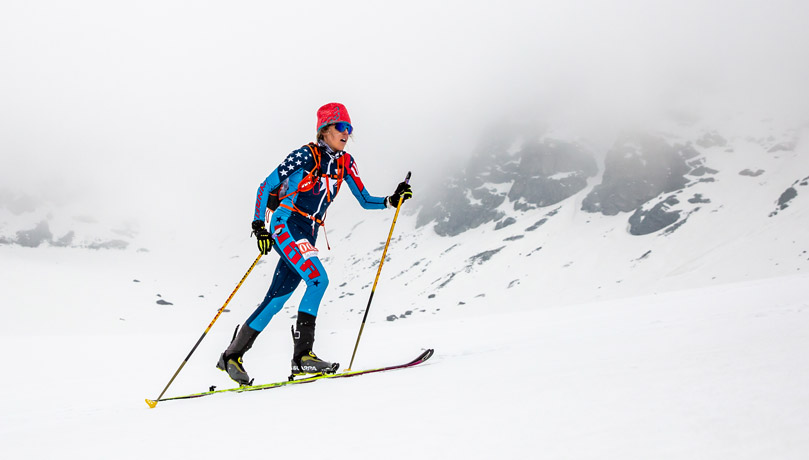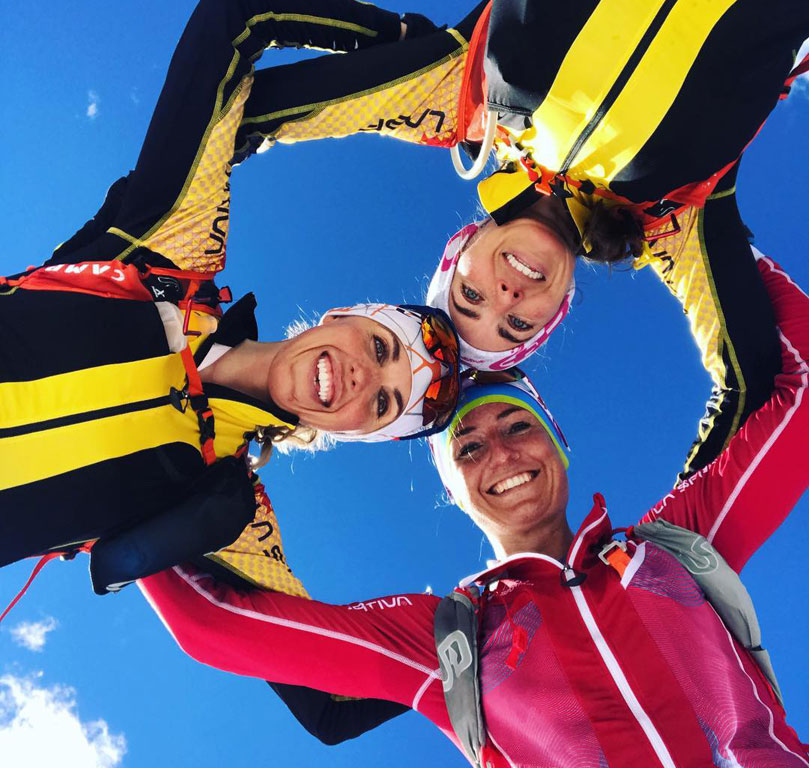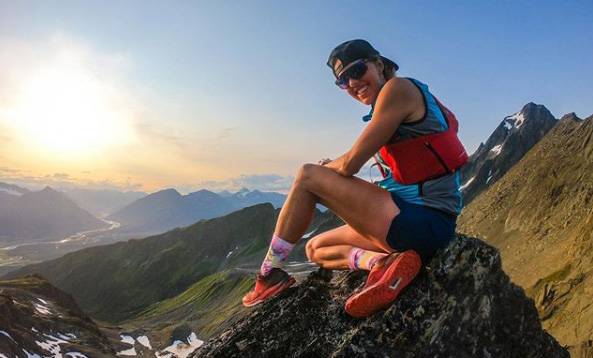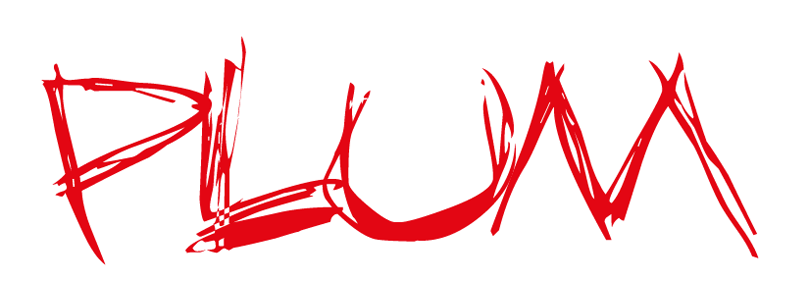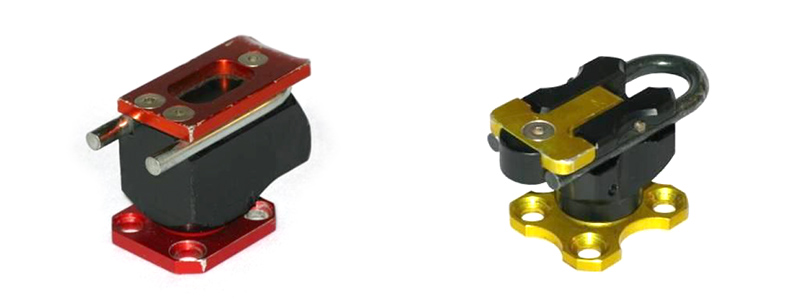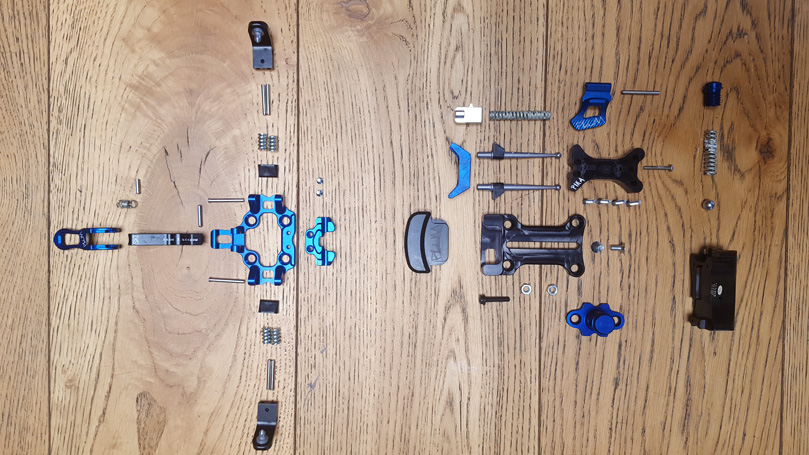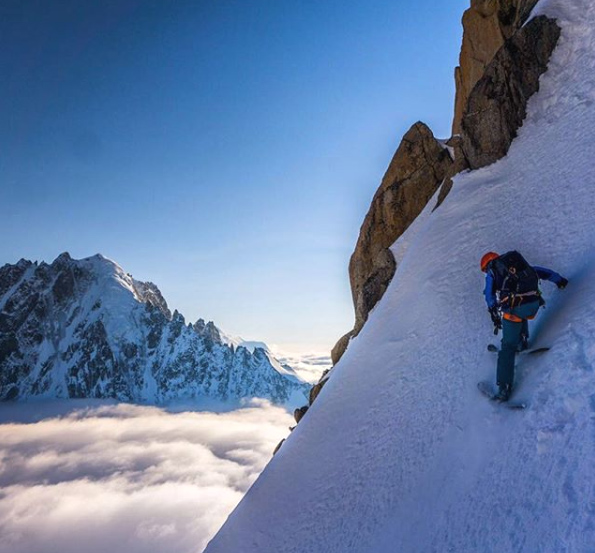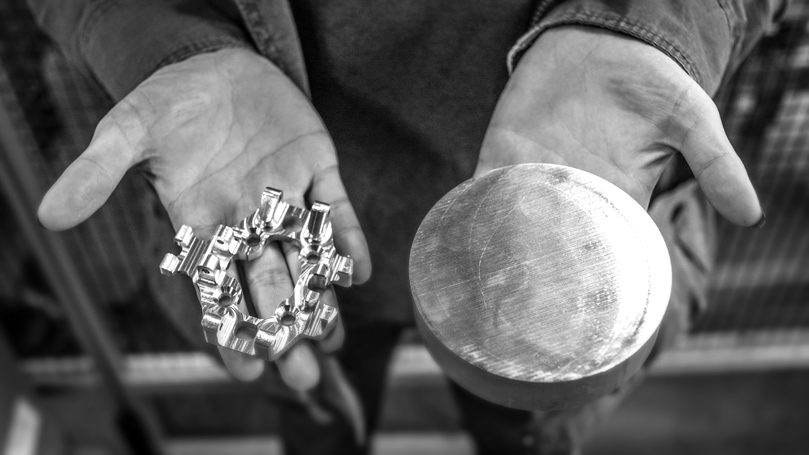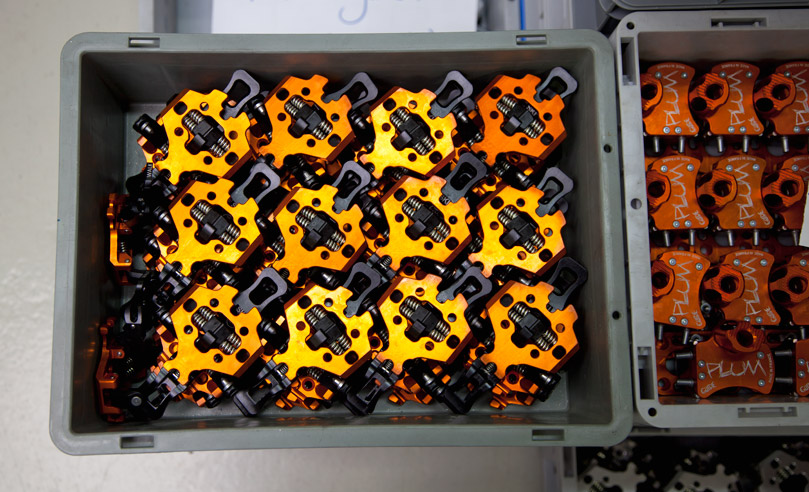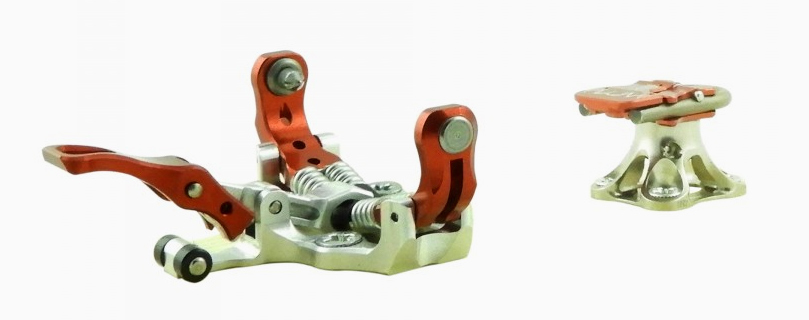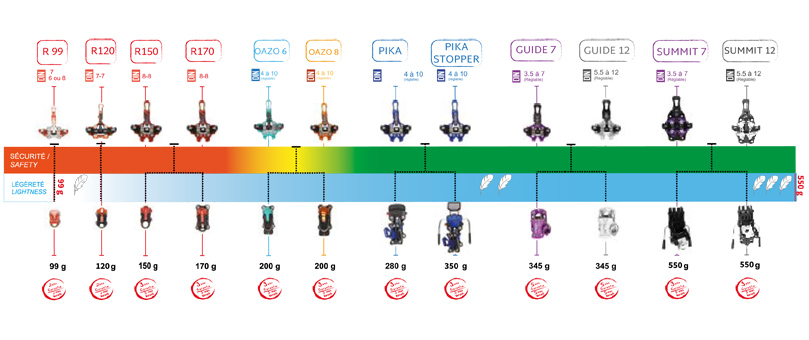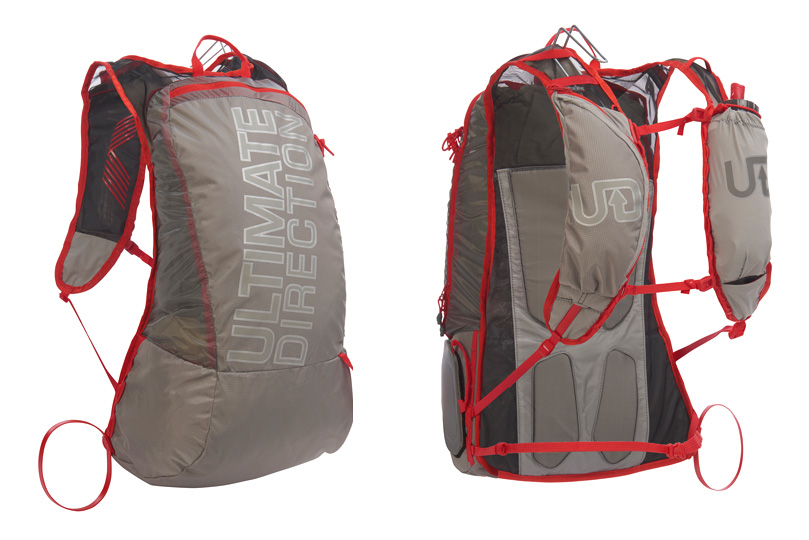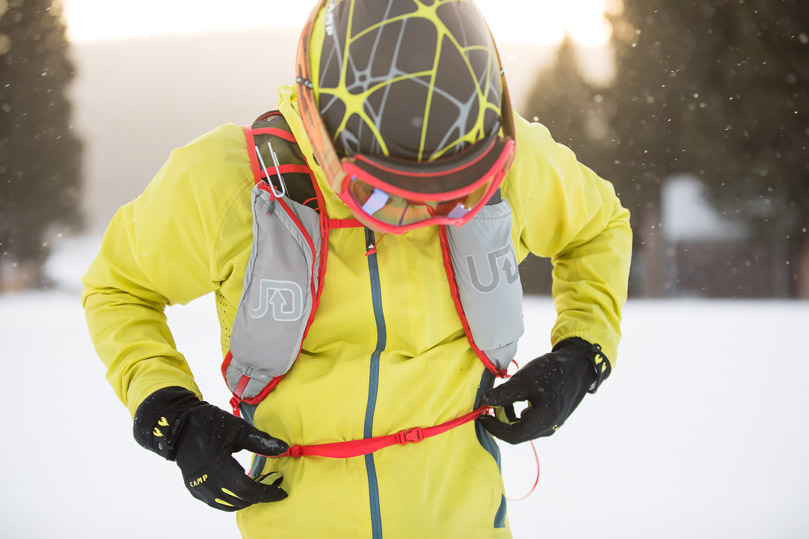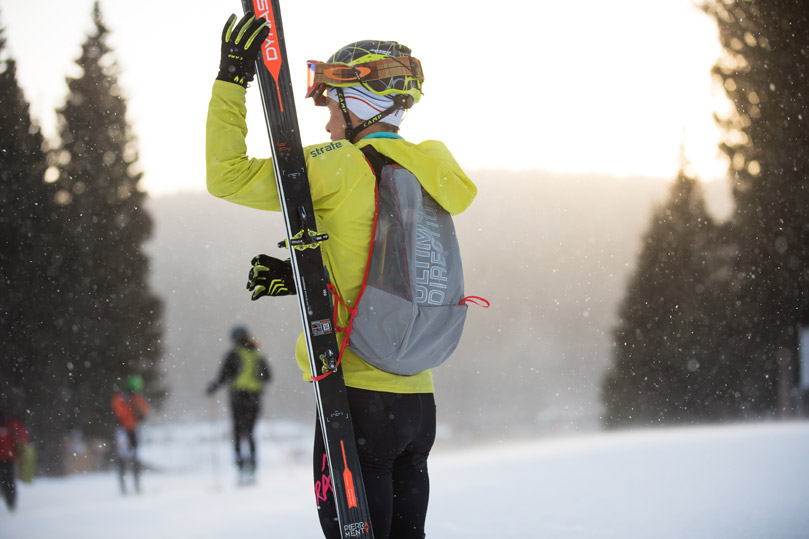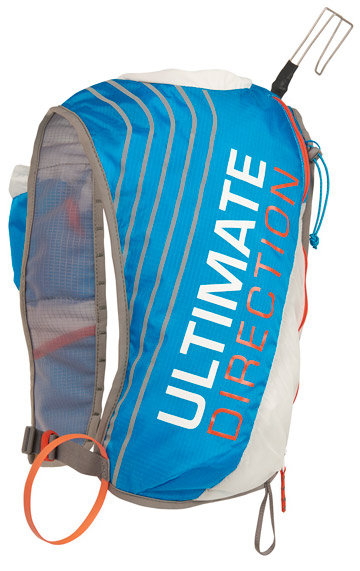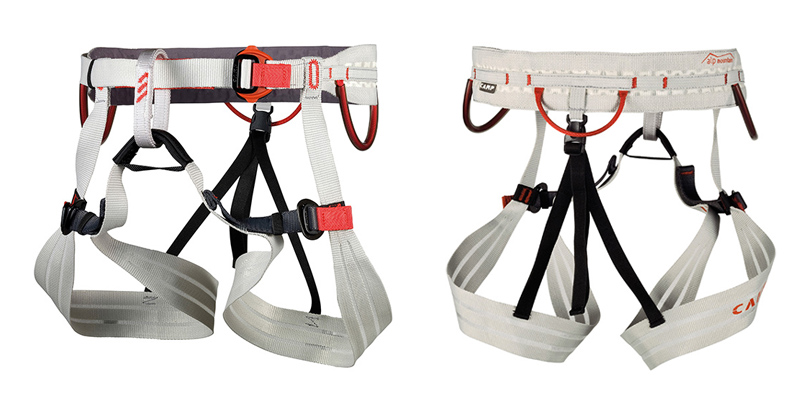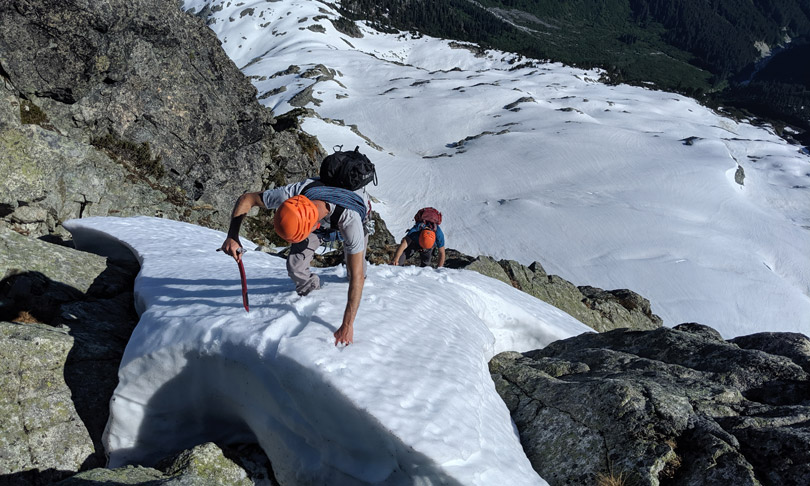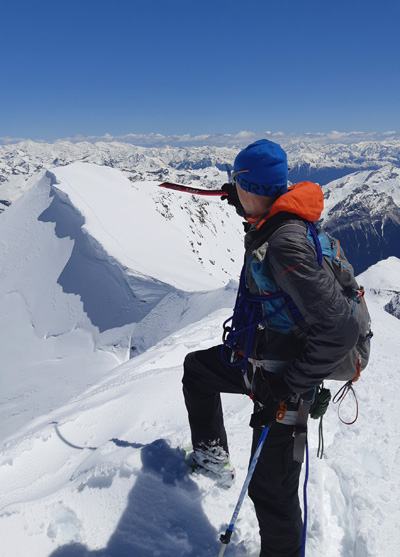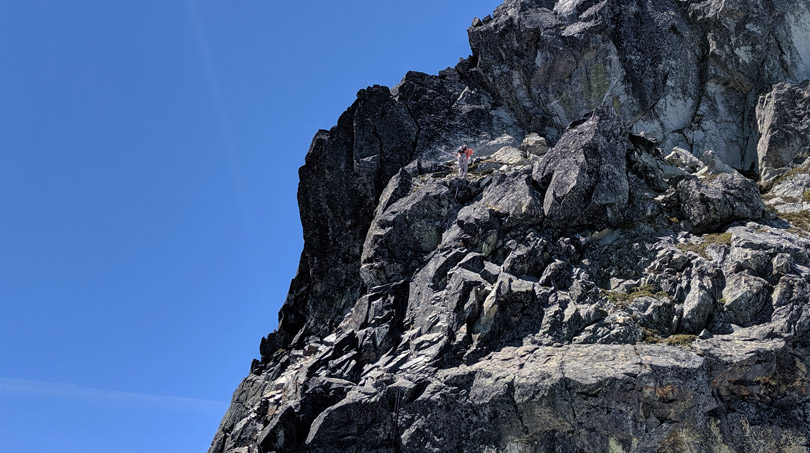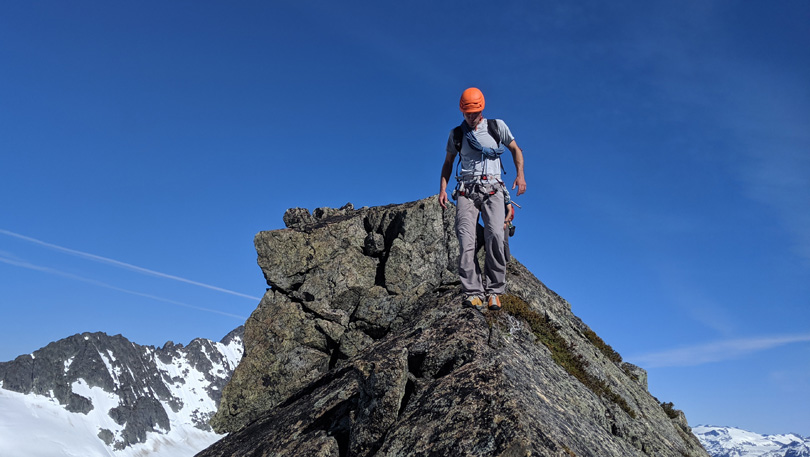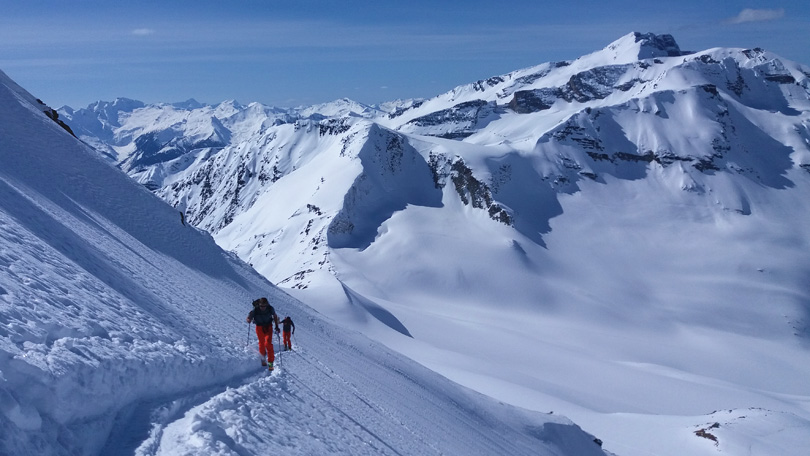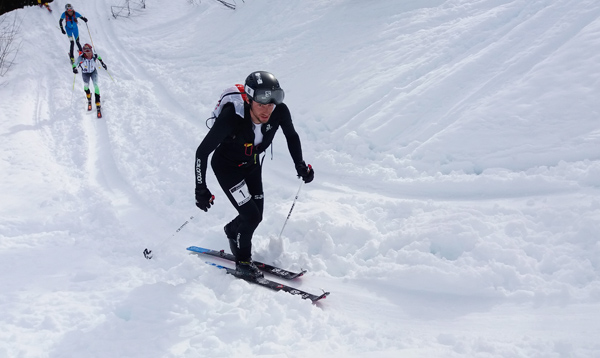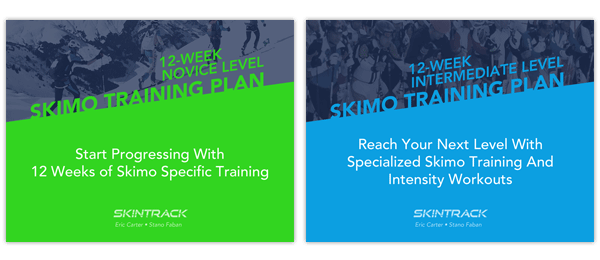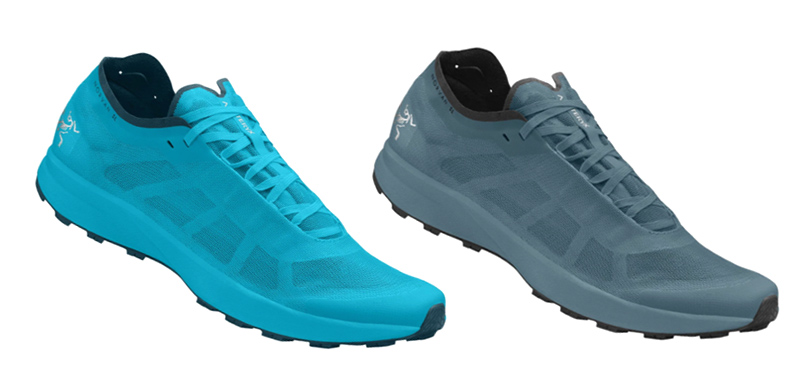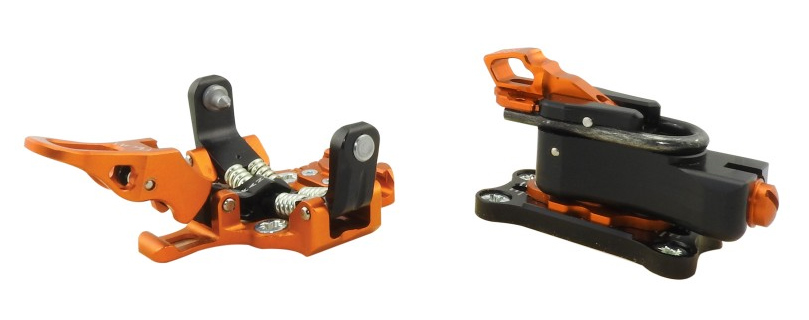
Overview
Suitability: ski mountaineering, light & fast ski touring
Usual price: around $480 USD (Skimo.co, SkiUphill.ca)
Weight: 200g per ski
Pros: functionality, safety, low weight, 3-year warranty
Cons: no ski brakes (if you care for them)
Bottom Line
Without adding much weight, the Oazo is a well designed ski mountaineering binding if you want more safety, durability and comfort than with race bindings.
Review
We have used the Plum Oazo bindings for about 15 days of skiing in various snow conditions and terrain. So far it has performed very well and without any mechanical issues. We paired the Oazo with Hagan Ultra 82 skis which feels like a great combo for overall ski touring and ski mountaineering missions.
Plum is a French company based in the Chamonix Valley and the whole Oazo is manufactured right there. The binding has a 3-year manufacturers warranty.
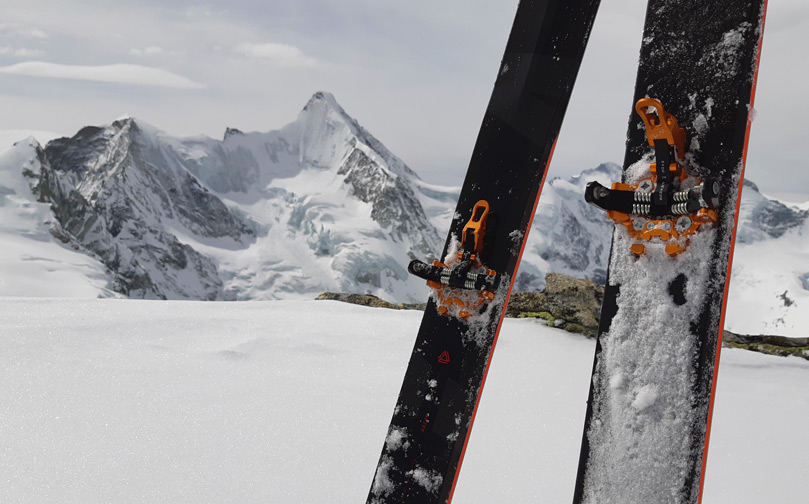
To keep the weight down, Plum engineers decided to use a time proven toe piece from Plum’s lighter bindings (R150 and R170) and pair it with a new light heel but with more safety.
With three possible heel heights you can adjust the angle to your liking. While you do have to spin the heel to be in the flat position, once you are climbing you can use your ski pole to flip a riser to fine tune the angle.
One of the nicest features of the Oazo heel is that you can spin it both ways. This feels smooth but you will have to do it with your hand instead of a ski pole.
The heel has a fixed front (vertical) release at 8 but offers an adjustable side (lateral) release between DIN 4 and DIN 10, which is not usual at this weight category.
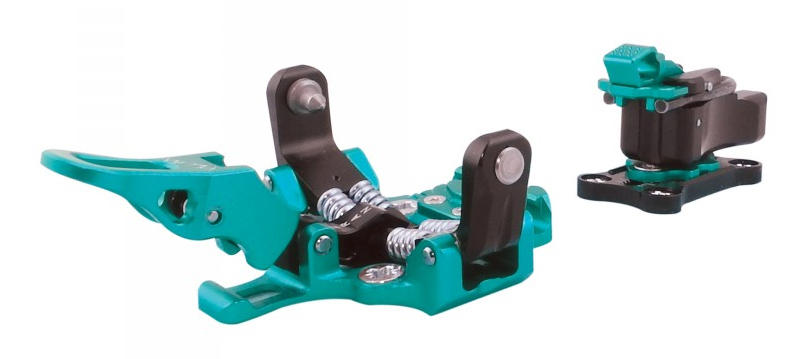
For such a light weight binding, it can be adjusted for up to 20 mm in boot size difference, equivalent of 1.5-2 boot sizes depending on the manufacturer.
To round out the Oazo perks, the toe piece features an integrated ski crampons slot which worked well enough with our Dynafit crampons. However, you will get a smoother performance with Plum’s own ski crampons.
The materials used on this binding are the Plum’s specialty 7075 aluminum, and then steel and high strength plastic to house the heel.
What We Think Could Be Improved
For those that want even more comfort, the heel could be perhaps refined into the future to allow for spinning it with a ski pole.


